How These 8 Car Brands Got Their Names
Let's examine eight of the most unusual car brands.
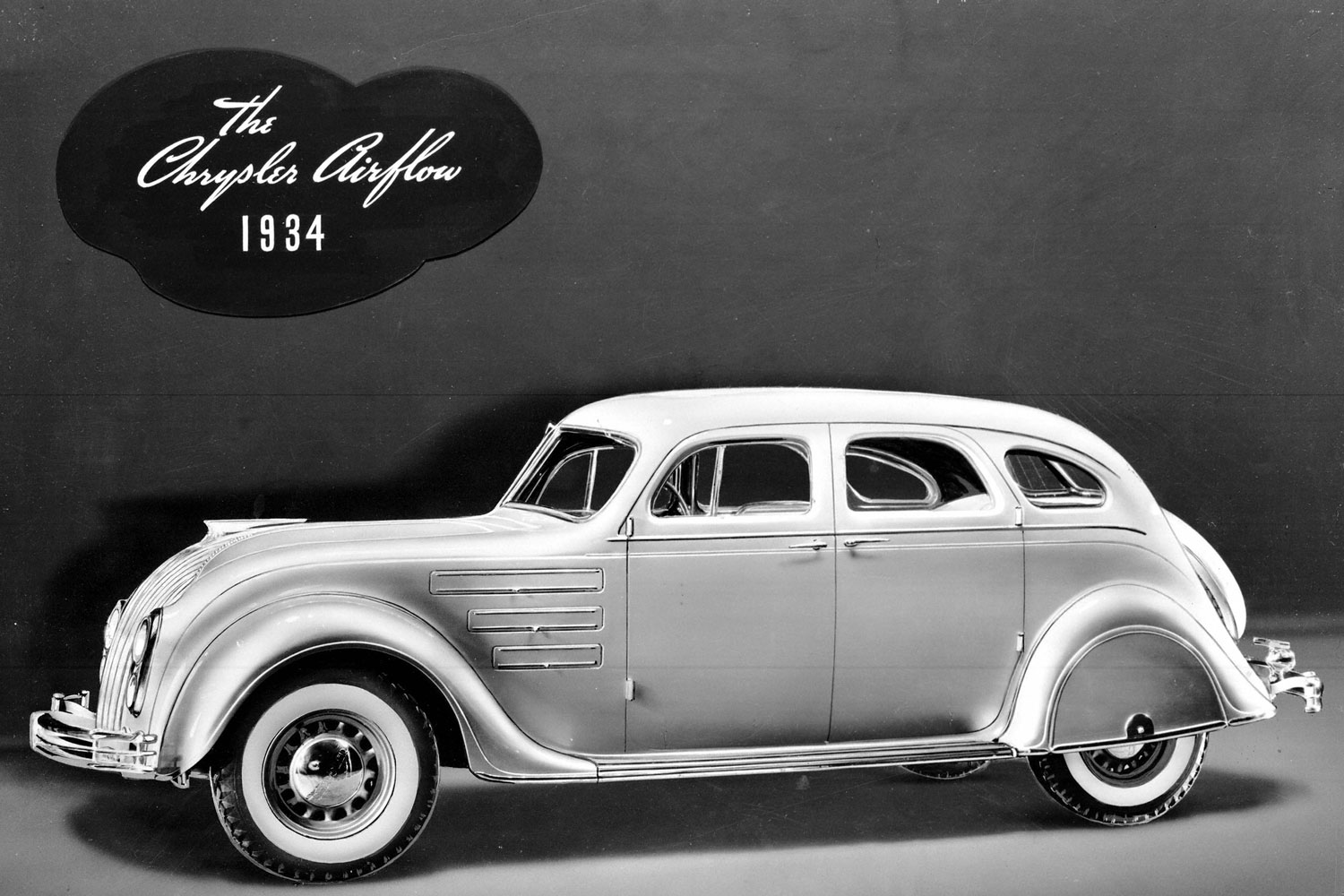 Stellantis
Stellantis
Article QuickTakes:
| | | |
Automotive nomenclature dates back to the earliest days of the car. In order to sell a vehicle, and create distinction and meaning for consumers, corporate founders had to come up with something to call their companies. Some named their fledgling concerns after a nearby landmark, some chose a reputable or relevant name from history, and some seemingly pulled things out of the ether.
Many proud founders, in fact, named the companies after themselves (guess the companies founded by Henry Ford, Sochiro Honda, and Enzo Ferrari). Occasionally, as in the case of Ransom Olds, they added a suffix to make it clear what was being sold (Oldsmobile).
If the obscure origins of some popular (and one unpopular) car brands piques your interest, here is the context of how they got their names.
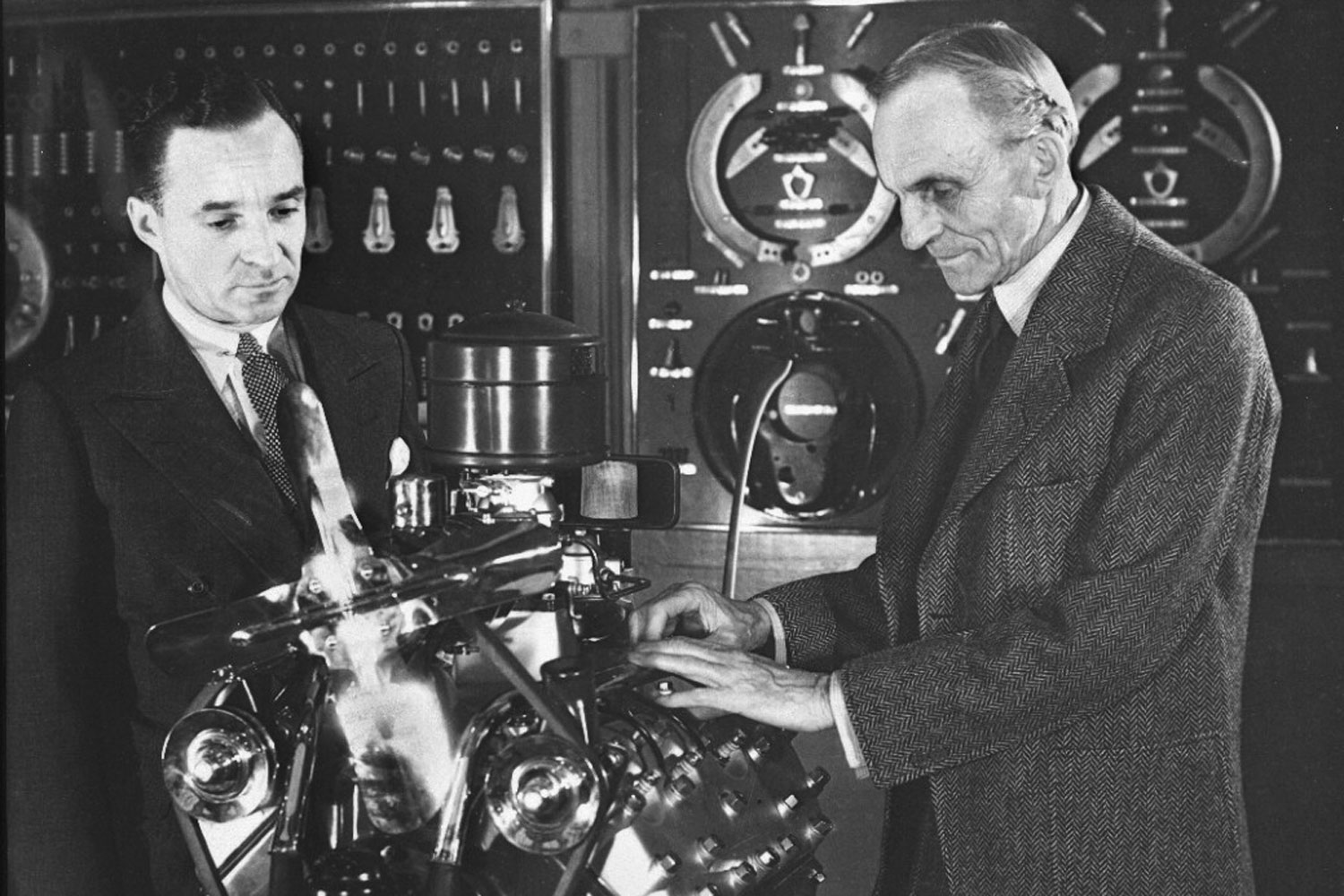 Ford
Ford
Edsel
In the booming post-war economy of the 1950s, Henry Ford wanted to create a new mid-priced vehicle line to compete more effectively with GM. He enlisted all manner of market research support. This included hiring the poet Marianne Moore, to imagine surreal brand names like Mongoose Civique, Utopian Turtletop, and The Impeccable.
Rejecting all advice, as usual, Ford named the new company after his son, Edsel. The company, which released a series of unattractive and outdated cars, closed after a few short years and lost Ford $250 million. The name Edsel became synonymous with failure.
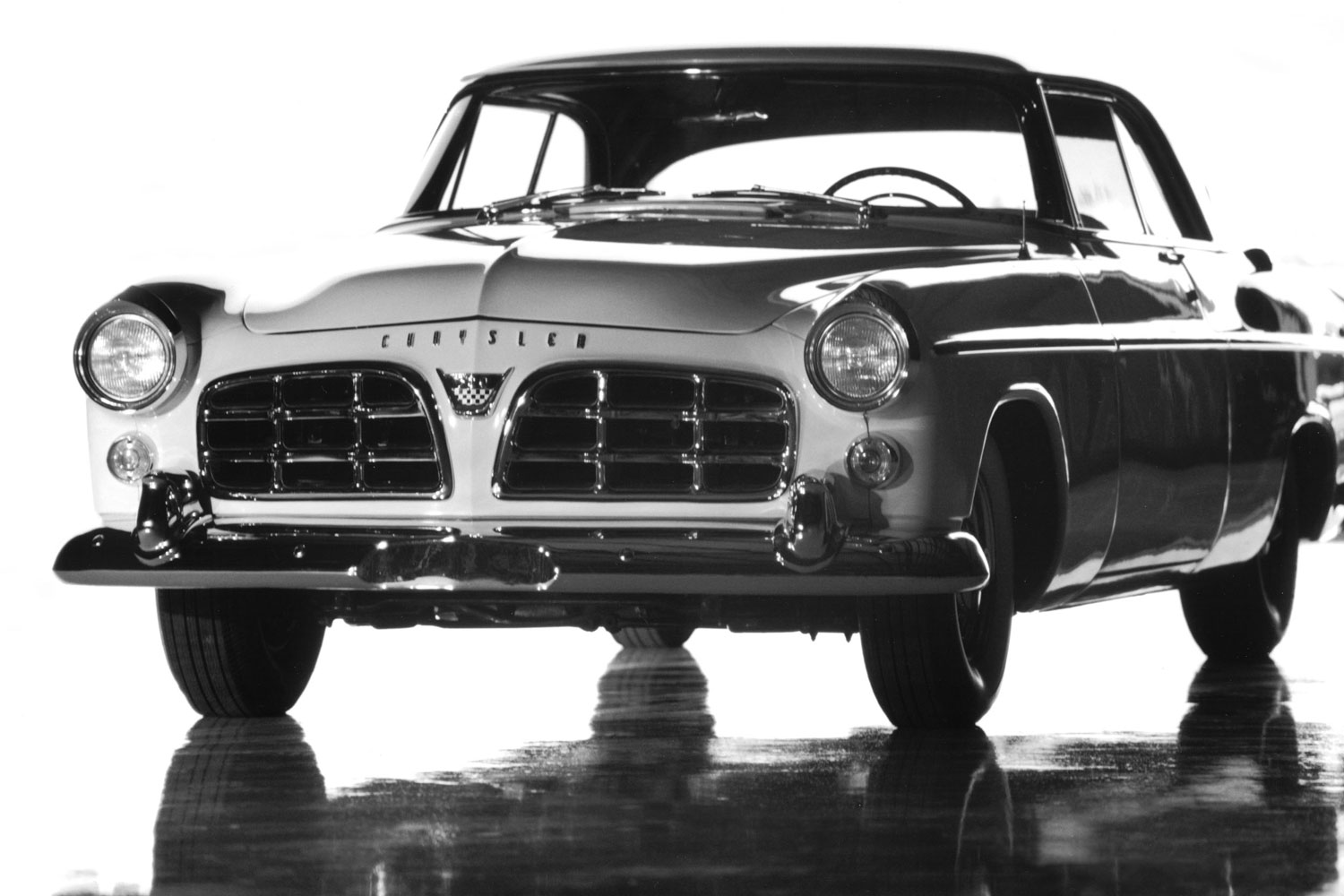 Stellantis
Stellantis
Stellantis
When the merged and international Fiat Chrysler combined with the merged and international PSA group, it had to come up with a new brand. Because it couldn't realistically string together the 14 existing names for its automotive companies, or create a meaningful acronym from their primary letters, it settled on Stellantis. Inspired by the Latin verb Stello, it means "to brighten with stars".
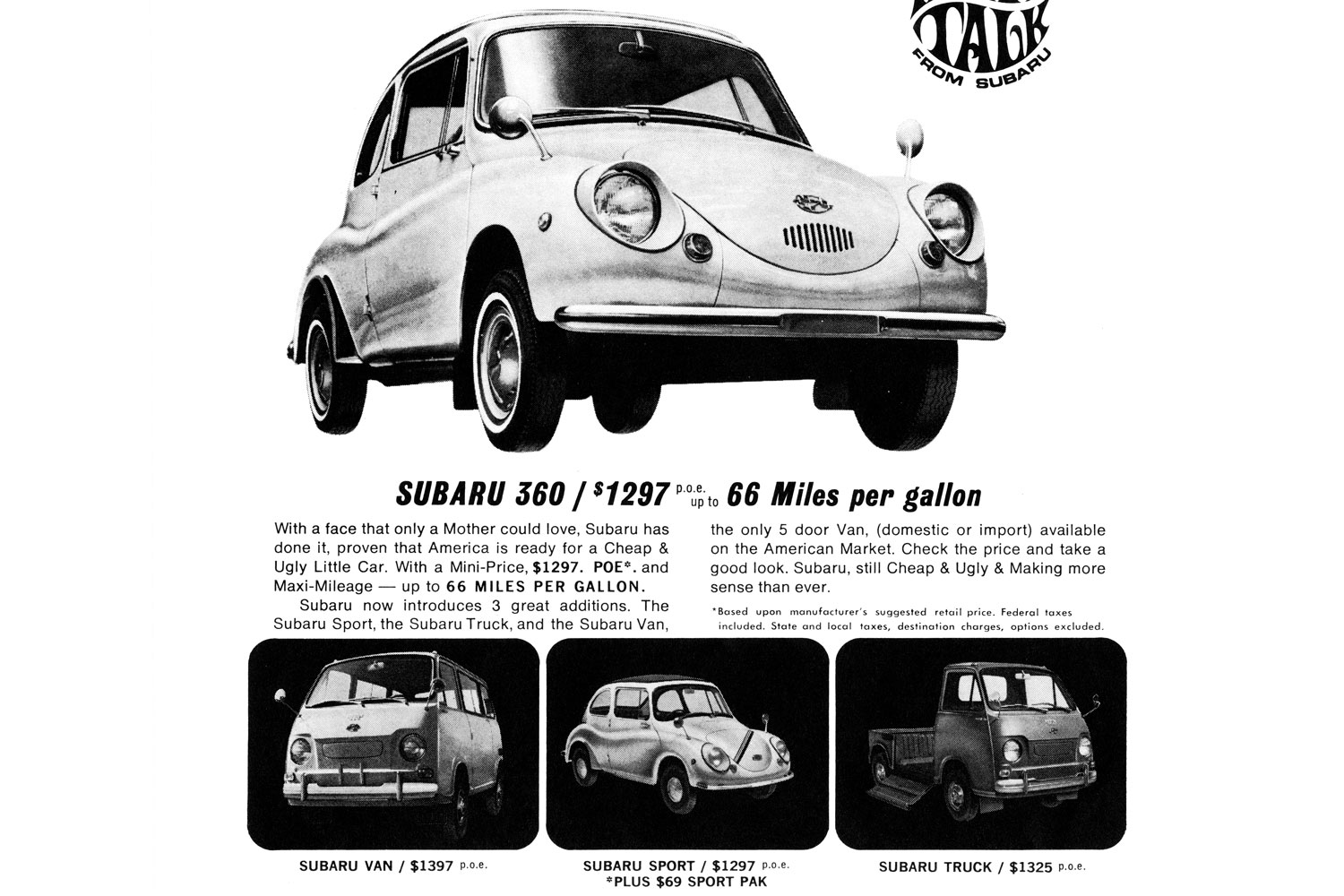 Subaru
Subaru
Subaru
In 1953, five extant Japanese companies with roots in creating military transport for the Japanese Imperial Army during World War II — Fuji Kogyo, Fuji Jidosha, Omiya Fuji Kogyo, Utsunomiya Sharyo, and Tokyo Fuji Sangyo — decided to team up to create the next generation of transportation solutions for the country's post-war economy, with an eye toward growing domestic markets, as well as export.
The new company, called Fuji Heavy Industries, settled on Subaru, a word that signifies "unite" in Japanese, as the brand for its automotive line, and it stuck. Now all the company's transportation brands operate under that name.
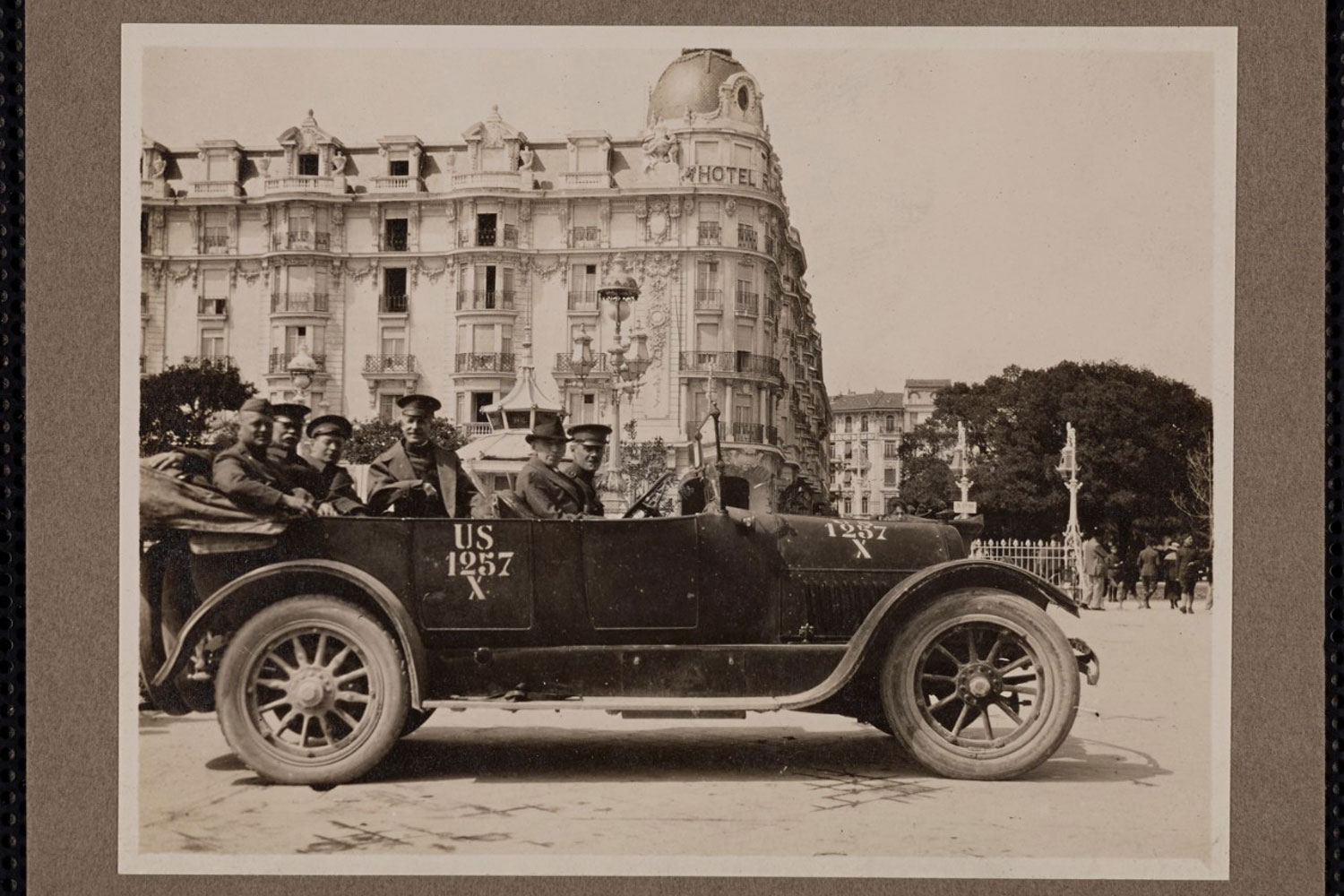 Cadillac
Cadillac
Cadillac
Already the homeland of the Ojibwe, Ottawa, and Potawatomi Native American tribes, the riverside outpost where water flowed between great freshwater lakes was, during the era of European colonization, seized by the French, and named Detroit, which means "strait" — a waterway connecting larger bodies of water.
The name of the settlement's earliest leader was Antoine de la Mothe sieur de Cadillac. A couple of hundred years later, in 1902, local shipbuilder Henry Ford had attempted (and failed) twice in starting an auto company. The scraps of his most recent flop were bought by entrepreneur William Durant, who decided to appropriate the name of this historic Gallic invader for his new enterprise.
He created a luxury marque so successful that the descriptor "The Cadillac of…" was used for decades to denote a category-dominating product.
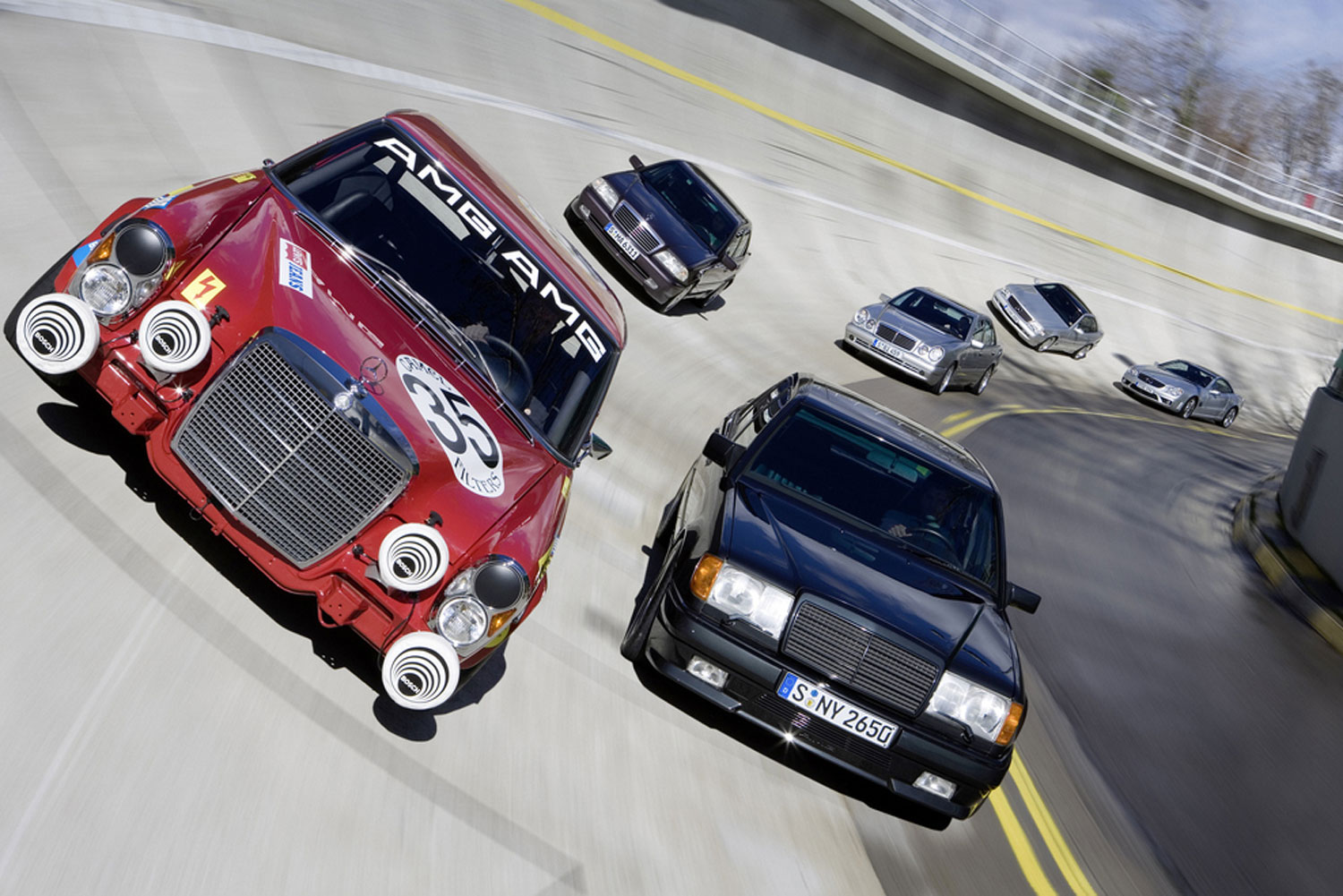 Mercedes-Benz
Mercedes-Benz
Mercedes-Benz
Back in the late 19th century, Karl Benz and Gottlieb Daimler started one of the earliest car companies, naming it Daimler Motoren Gesellschaft (DMG), though it was commonly known as Daimler-Benz, after the founders.
Daimler soon died, but one of the marque's admirers, supporters, and salespeople, Emil Jellinek, pushed the brand to build a sporty model, which he could take racing. Ironically, Jellinek named the resultant car Mercedes after his ten-year-old Jewish daughter, despite the brand's subsequent participation in building transport for Hitler's army.
After his racing success, the name — which meant "mercies" in Spanish — gained traction. In 1900, Jellinek signed an agreement with DMG to help produce vehicles under this name, and it's been a pinnacle sporting/luxury brand ever since.
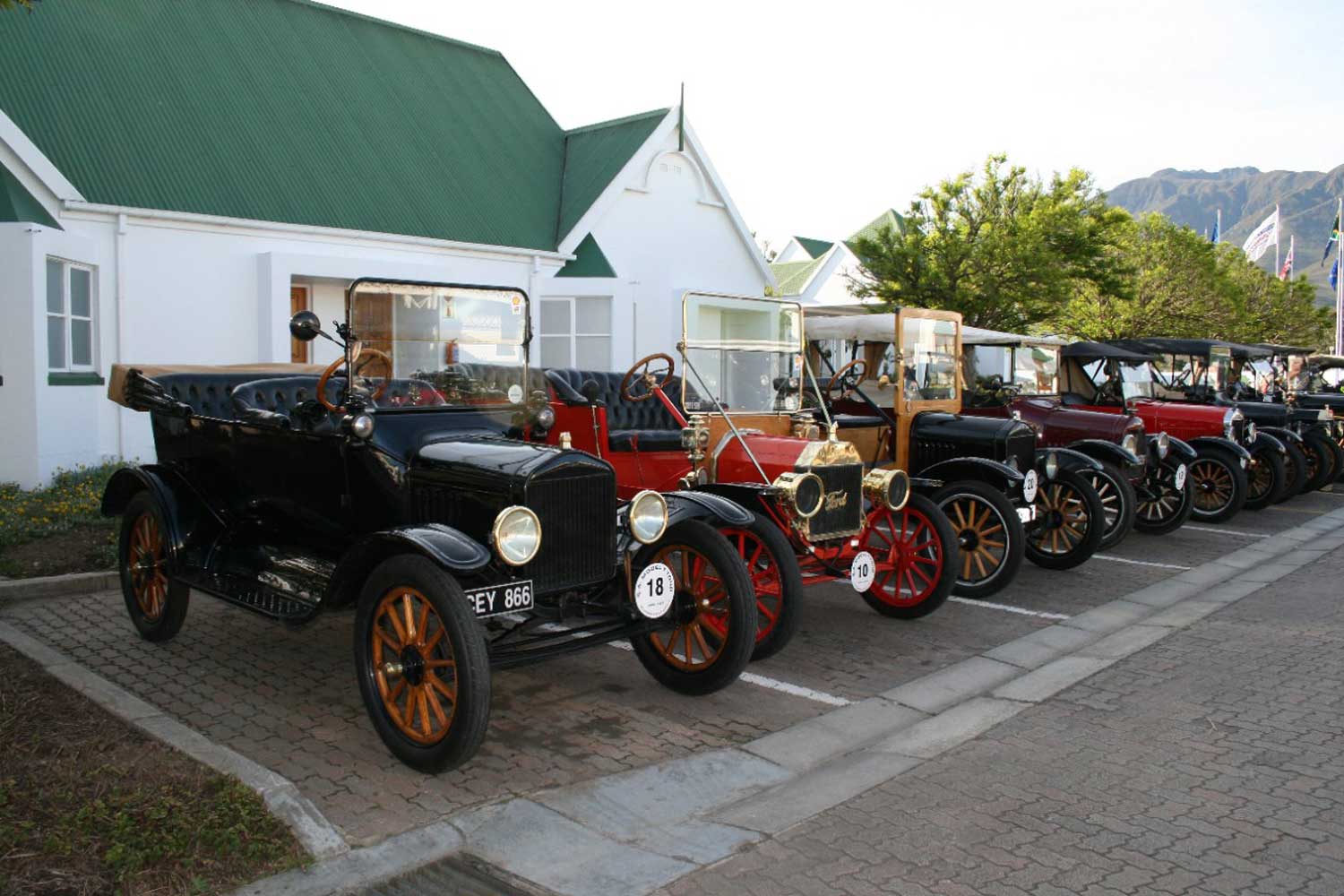 Ford
Ford
Tulsa
Though short-lived, the name of this regional brand, founded in 1917, provides an interesting insight into early American automotive history. In 1900, major oil strikes were found in Oklahoma. The area soon superseded the Midwestern Allegheny plateau in petroleum production.
At the time, hundreds of American upstart automakers existed around the country, and some wealthy Tulsans decided to use their region's newfound petrol prominence to start a local car company. They would build rugged vehicles to weather the oil fields' rough terrain. Sadly, sensing the same opportunity, Ford built a factory to construct Model Ts nearby, squeezing out regional competitors. Tulsa shut down in 1922 after making just 1,000 cars.
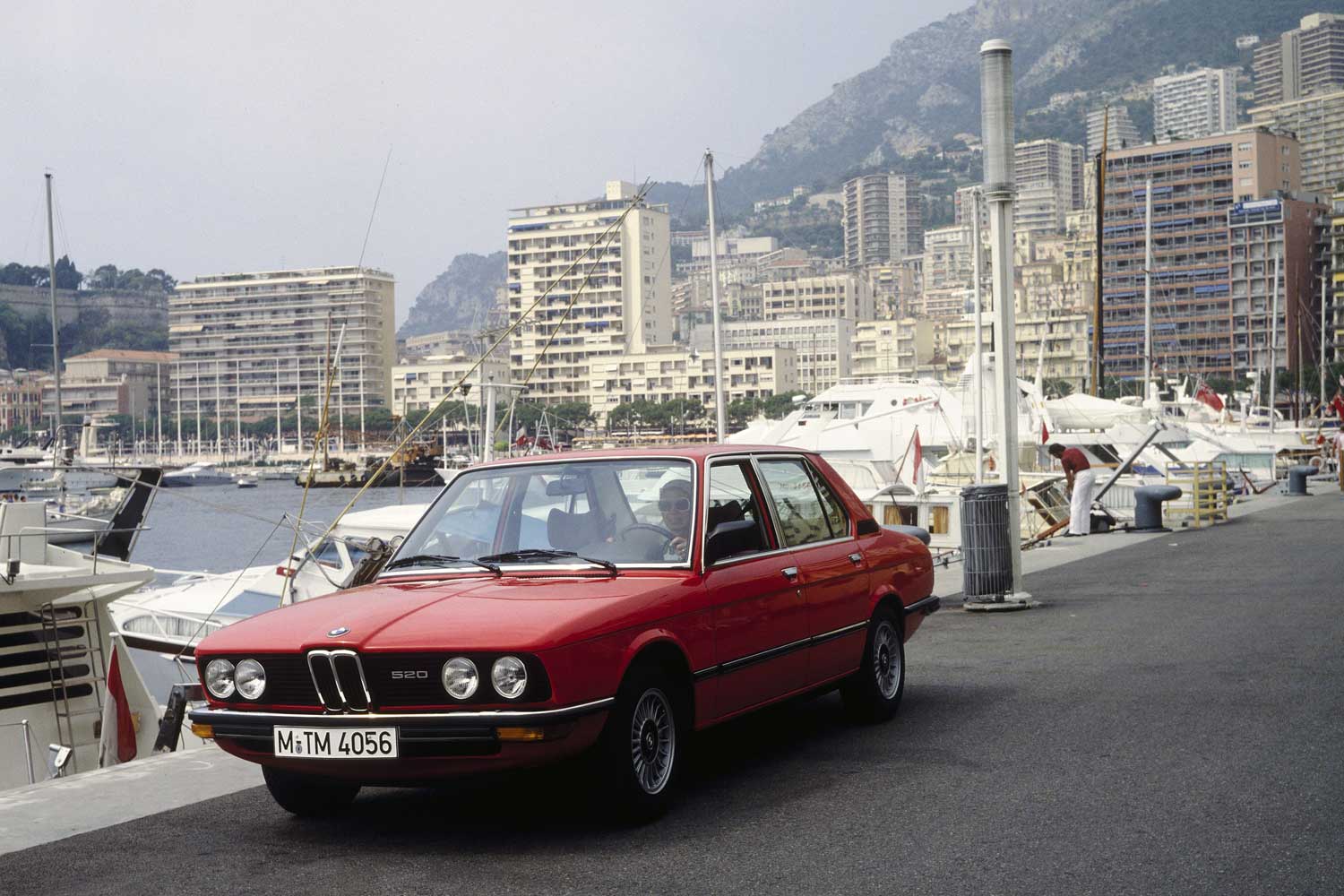 BMW
BMW
BMW
During a raft of smash-and-grab stereo thefts on urban streets in the 1980s and '90s, many people believed that the initials BMW stood for were Break My Window. This is not true.
The German company's name is derived from Bayerische Motoren Werke, which means Bavarian Motor Works in English. The company traces its roots to the early 20th century when it was founded to build aircraft engines for the Kaiser's imperial army. After World War I, when treaties forbade Germany from having a military, or building military vehicles, the company switched over to building train brakes (1918), then motorcycles (1923), then cars (1933). Now, it mainly builds SUVs.
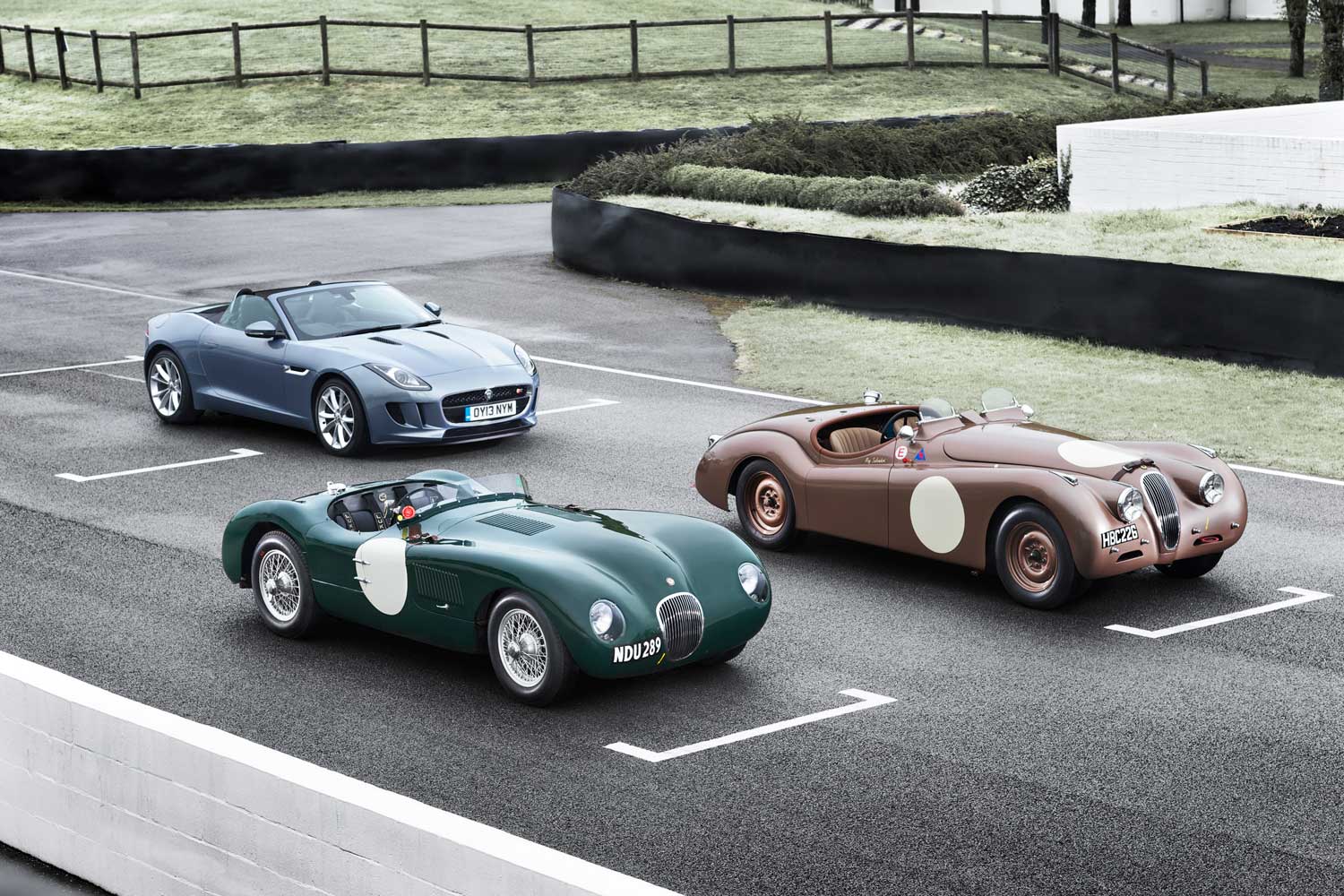 Jaguar
Jaguar
Jaguar
In the early 1920s, William Lyons founded a motorcycle sidecar outfit, and called it The Swallow Sidecar Company. 12 years later, the concern was reinvented as a carmaker, and given the shortened name SS Cars.
Its first model, in 1935, was called the SS Jaguar. Unfortunately, Adolf Hitler had come to power in Germany recently and named his terrorizing military/police force the Schutzstaffel, or SS. England soon became embroiled in battle with Hitler, World War II ensued, and civilian automotive production pretty much ceased. But Hitler's SS became heinously infamous, globally. Following the war's end, in 1945, SS Cars chose a different name to avoid any confusion with Nazi terror. It picked Jaguar Cars Limited.



